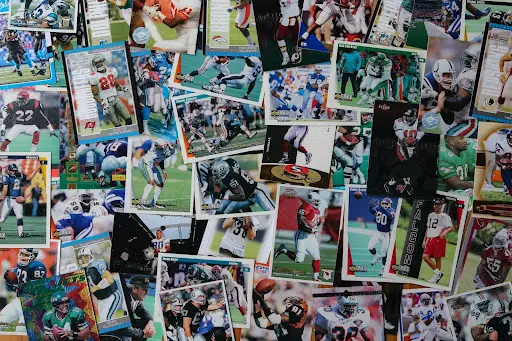The Rising Tide of Concussions in the NFL
The National Football League (NFL) has been grappling with a significant increase in concussions over the years. According to data released by the league, there were 149 concussions during the 2022 regular season, an 18% increase from the previous year. This alarming trend is not limited to the NFL alone. Between 1.7 and 3 million sports and recreation-related concussions occur annually, with around 300,000 of those stemming from football. The NFL odds of a player sustaining a concussion during their career stand at a staggering 28%.
The Impact of Concussions on Player Health
Concussions are not just a statistical concern; they have severe implications for a player’s health. A large study involving over 350 former NFL players revealed that those with a history of concussions exhibited reduced cognitive performances later in life. Symptoms such as memory loss, impaired judgment, impulse control issues, and aggression have been reported among former players who suffered brain degeneration due to repeated concussions.
The NFL’s Response to the Concussion Crisis
The NFL has implemented measures to protect its players in response to the growing concussion crisis. Players suspected of having a concussion are immediately taken off the field for evaluation. They are assessed for “no-go” symptoms such as loss of consciousness, gross motor instability, confusion, amnesia, and others. Despite these efforts, the NFL continues to face criticism for not doing enough to prevent concussions.
The Controversy Surrounding the NFL’s Concussion Protocol
The NFL’s handling of concussions has sparked intense debate, with accusations of the league hiding information linking head trauma to permanent brain damage, Alzheimer’s disease, and dementia. The controversy escalated into a class-action lawsuit filed by retired players, their representatives, and family members against the NFL for concussion-related health issues developed from playing football.
Changes to the NFL’s Concussion Protocol
In light of the ongoing controversy and the alarming rise in concussions, the NFL has made changes to its concussion protocol. The policy now includes ataxia, a condition characterized by poor muscle control associated with concussions, as a “no-go” symptom. Any player diagnosed with ataxia will not be allowed to return to the game. This change was prompted by the incident involving Miami Dolphins quarterback Tua Tagovailoa, whose unsteadiness after a hit was initially attributed to a back injury rather than a concussion.
The Road Ahead: Ensuring Player Safety in the NFL
The NFL has been grappling with the issue of concussions and their long-term effects on players for years. Recognizing the severity of the problem, the league has implemented several measures to mitigate the risks associated with concussions and improve player safety. These include the introduction of new Riddell Axiom helmets equipped with sensors that monitor the brain and head of the player, tackling rules aimed at reducing concussions, and a five-step concussion protocol that every diagnosed player must follow before returning to full practice or games.
The NFL’s concussion protocol involves a graduated process starting with rest and limited activities, then a gradual reintroduction of aerobic exercises, football-specific activities, non-contact training drills, and full football activity. The median time for a player to return from concussion protocol is nine days, but this can vary depending on the individual’s recovery.
In addition to these measures, the NFL has also introduced the “Tua rule,” named after Tua Tagovailoa, which requires athletic trainers or spotters to look for players demonstrating gross motor instability or “ataxia.” A team immediately rules out a player if such symptoms are spotted. This rule represents another step in the NFL’s ongoing efforts to promptly identify and address potential concussions.
Conclusion
While these measures represent significant strides in addressing the concussion crisis, the road ahead remains challenging. The NFL must continue prioritizing player safety, refining its concussion protocols, and investing in research to better understand and mitigate the risks associated with concussions.
As the odds of a player sustaining a concussion in the NFL remain high, the league’s commitment to addressing this issue will be crucial in ensuring its players’ long-term health and safety.















